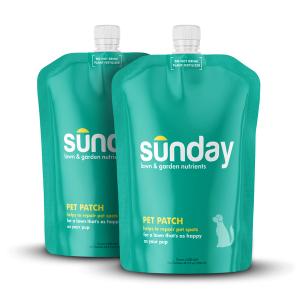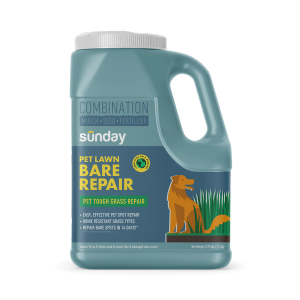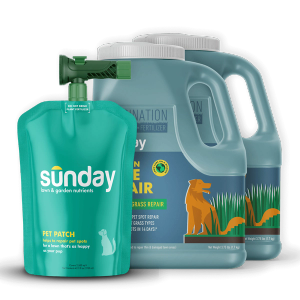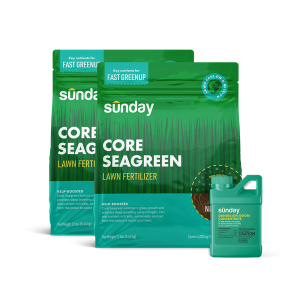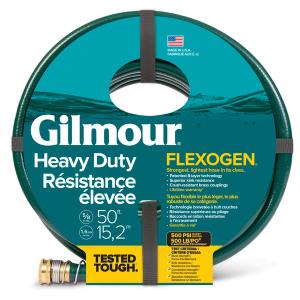What is anthracnose?
From a distance, affected grass appears unthrifty and has a yellow or bronze cast. Affected turf may wilt rapidly during midday and require frequent watering. Individual plants will turn yellow before dying.
Why does anthracnose appear?
Susceptible grass species
Common in Bentgrass and annual bluegrass, may also occur in bermudagrass, creeping fescue, and centipede.
Favorable conditions
Favors high humidity, overwatering and temperatures above 80°F.
Recommended lawn practices to reduce anthracnose:
- Correct soil nutrient deficiencies, especially phosphorus and potassium, based upon soil test results. A balanced fertilizer program in the summer may help with recovery.
- Raise mowing height, especially in midsummer.
- Deep and infrequent watering as needed to meet the plant’s needs.
- Water early in the day to encourage quick drying.
- Reduce compaction through core aeration in fall and spring.
- Fertilize lightly and frequently from spring to summer to reduce severity
Does fungicide work on anthracnose?
Preventative applications when anthracnose is known to exist or is common. Applications can begin when soils are warm, in mid to late spring. Preventive chemical fungicides are far more effective than curative applications.
Cited sources
Photo credits: Paul Bachi, University of Kentucky Research and Education Center, Bugwood.org
Cesar Calderon, Cesar Calderon Pathology Collection, USDA APHIS PPQ, Bugwood.org







